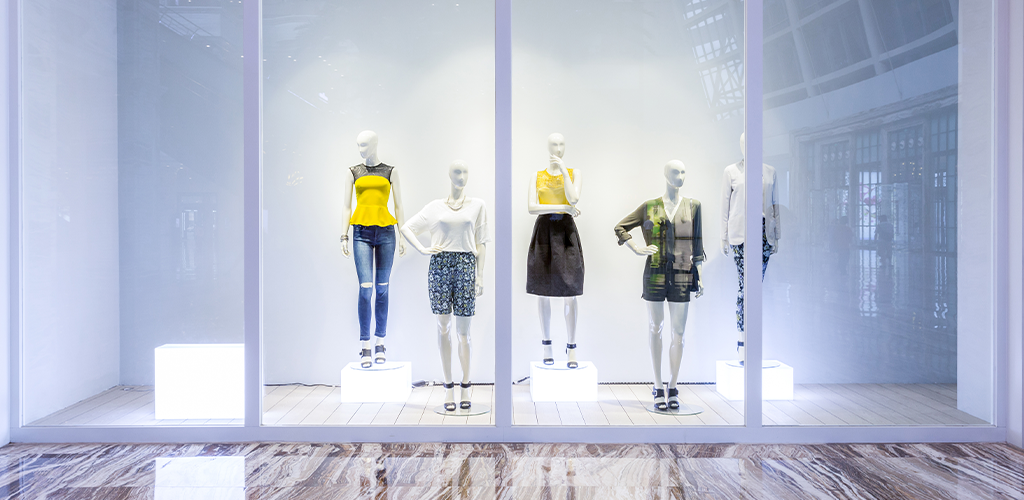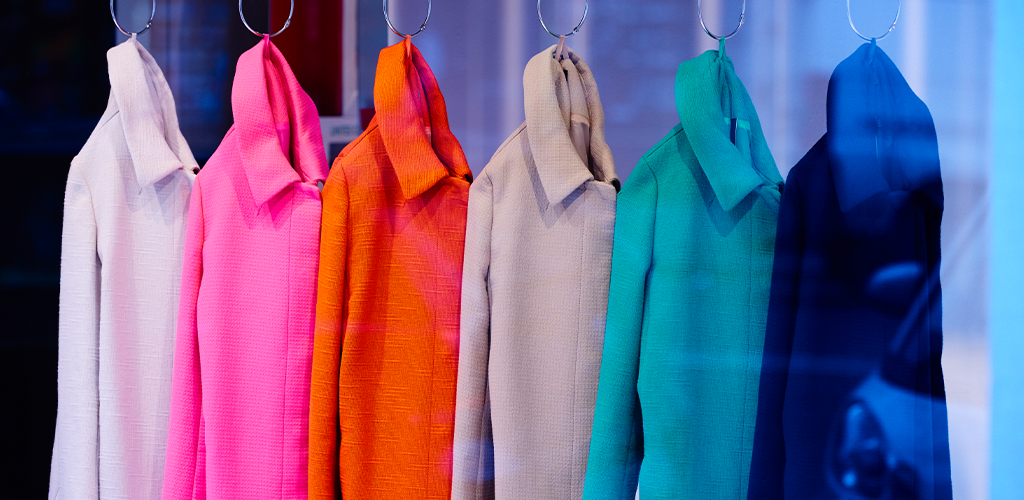Easy Visual Merchandising Tips for Any Business Type

Whether you run a brick-and-mortar business or an ecommerce store, the way you display your products has a massive effect on your success. Attractive displays draw the eye, keep interest, and persuade viewers to pull out their wallets and buy. Often, creating engaging product displays requires intuition and a flare for the creative. However, not every store owner has a visually creative mind, nor does every artist have a knack for product organization. Whatever the case may be, these visual merchandising tips can help every entrepreneur, with any store type, build product displays sure to boost a business:
- Use product grouping
- Engage the senses
- Combine colours
- Refresh displays often
- Show the wants
- Use the right lighting
- Tag your products
Use Product Grouping

In many compositions, grouping like things is both pleasing to the eye and naturally makes sense in the human brain. This remains true for product displays, both in a physical sense, and as digital images for ecommerce stores. For example, a clothing store that wants to announce winter wares now in stock may organize a window display with a group of winter clothes. A parka and hat on a mannequin, paired with winter boots, and blankets on the floor makes the perfect announcement by creating a group of similar products that make sense in people’s minds. They know, just by looking, that they can buy winter clothes from the store. To make your display more visually appealing, considering using groups of three to achieve symmetry.
Engage the Senses with Your Visual Merchandising

Although they merchandise displays may be called “visual”, a good display has the ability to engage more than just the sense of sight. This helps engage your audience further, which increases the chances of them buying. Sensory merchandising tends to be easier in a brick-and-mortar setting. You can curate a playlist aimed at your main audience, light some candles, and because the products are viewed in person, shoppers have the opportunity to touch them as well (tasting not generally recommended). However, online stores aren’t completely unable to evoke the senses, they just have to do so in a different way. For example, creating a showcase video with appropriate music can highlight your product in a unique way while bringing sound into the equation of your visual merchandising. In addition, many ecommerce stores are better able to make use of the written word in the form of product descriptions. Your descriptions can include adjectives to help conjure up vivid imagery. For example, a candle described as having the scent of “pineapple on the breeze,” allows readers to picture the scent in their mind, even if they can’t actually smell it.
Combine Colour

Colour is an important part of visual merchandising, both in a physical and digital medium. Although you may not think about it, colour is often associated with psychological responses. For example, warning signs are often red, because they trigger a defensive response. Further examples include pink being associated with romance and femininity, blue being used as a calming colour, and purple often being thought of as the colour of royalty. In your branding, colour can be used to reflect your brand (for example, if your logo is yellow, the colour yellow in your displays may be effective). In other cases, colour simply helps to highlight a product better. You can check out our colour guide here to think about how colour may affect your visual merchandising.
Refresh Displays Often

A new display catches the eye and generates interest. However, if your display sits unchanged for months on end (or you constantly repost it on social media), customers who have seen it before will skip over it, and you’re less likely to make a sale. Try changing your main display, or posting new product groupings to social media, at least once a month.
Show the Wants

Often, customers come to your store knowing what they need. These needs inspire an easy sale because they’re driven by purpose. So, to drive sales in other areas, put the “wants” on display. These are the things your customers aren’t necessarily thinking of but they’re eye-catching enough that your customers see it and are enticed into buying it. For example, if you own a stationery store, you may have a customer come in just for a plain, lined notebook. But if the fancy, leather-bound notebooks are on display near the drab ones, they might inspire a more expensive sale. This technique is great both for in-store displays and online photos. In the case of an ecommerce store, use headers and pop-ups to direct attention to your visual merchandising photos.
Use the Right Lighting

Lighting is a great tool for making products look appealing, in all settings. For example, in a brick-and-mortar store, make sure your product displays are under a light and somewhere visible, rather than tucked in a shadowy corner. For online product displays, lighting can highlight your products’ best features and details, making customers more likely to buy.
Tag Your Products

A super simple tip for making your visual merchandising more effective is to label your products with the price tag. In many cases, a customer may be interested in a product, but if they have to ask about the price, it acts as a deterrent for purchasing. In many cases, not pricing your products is also viewed as untrustworthy. For in-store displays, make sure to sticker your goods. In an online photographic display, write the prices into an accompanying post or add a line of text into the photo.
Visit Shopivo and stay tuned for exciting news and updates! Sign up for our emails and stay up-to-date on new developments and features.
